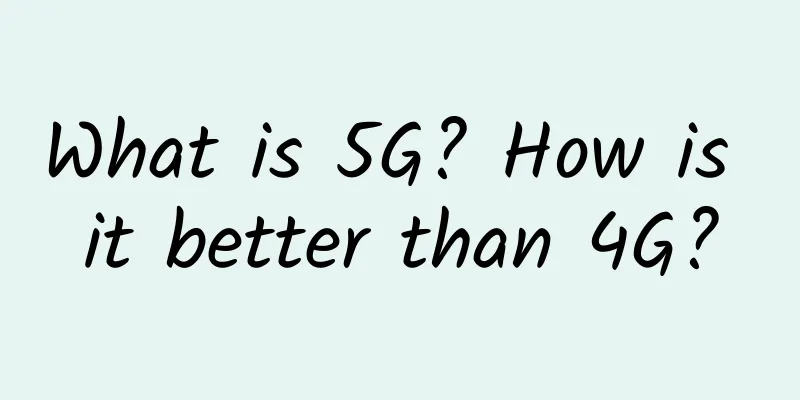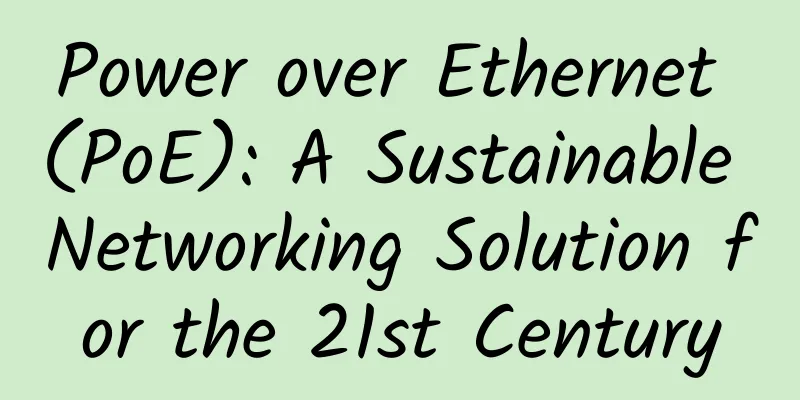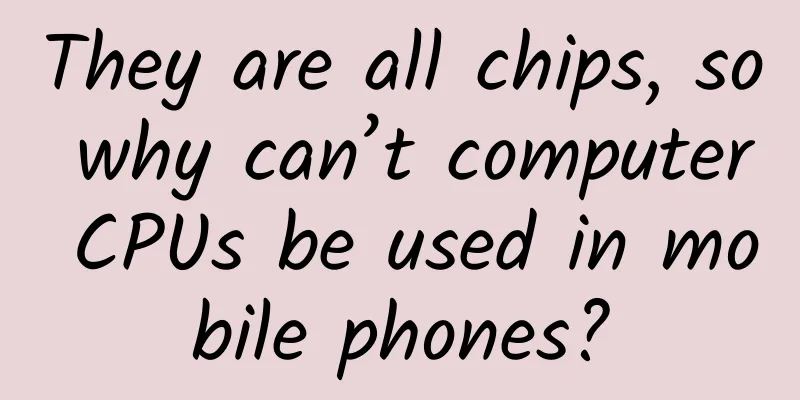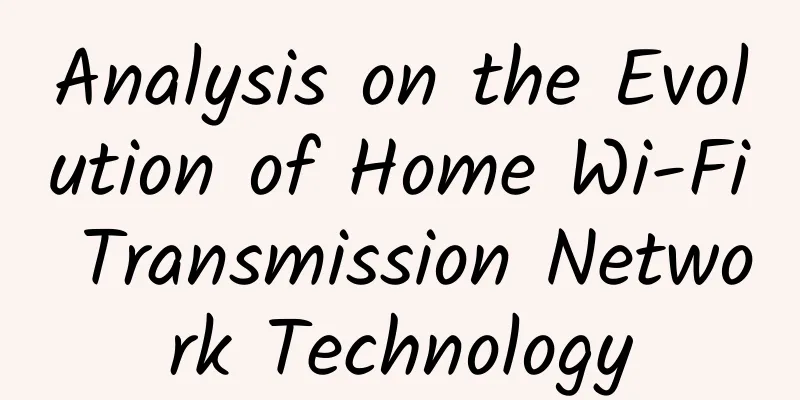What is 5G? How is it better than 4G?

|
5G networks will increase wireless network throughput by 10 times and could replace wired broadband. But when will they be available, and why are 5G and the Internet of Things so closely linked? -- Josh Fruhlinge 5G wireless is an umbrella term used to describe a range of standards and technologies for faster wireless internet, theoretically 20 times faster than 4G and with 120 times lower latency, laying the foundation for the growth of the Internet of Things and support for new high-bandwidth applications. What is 5G? Technology or buzzword? It will take years for the technology to reach its full potential worldwide, but in the meantime some 5G network services are already available today. 5G is not only a technical term, but also a marketing term, and not all 5G services on the market are standard. 5G vs. 4G speed comparison With each generation of wireless technology, the call is for increased speeds. 5G networks have the potential to reach peak download speeds of up to 20 Gbps, up from 10 Gbps. That’s not only faster than current 4G networks, which currently peak at around 1 Gbps, but also faster than the wired Internet connections in more homes. 5G will offer network speeds that rival those of fiber optics. Throughput isn’t the only speed boost 5G offers; it also features dramatically reduced network latency. This is an important distinction: throughput measures how long it takes to download a large file, while latency is determined by network bottlenecks, which slow down responses during round-trip communications. Latency is difficult to quantify because it varies with various network conditions, but 5G networks are capable of keeping latency rates under 1 ms under ideal conditions. Overall, 5G latency will be 60 to 120 times lower than 4G. This will make possible many applications, such as virtual reality, that are currently impractical due to latency. 5G Technology The foundation of 5G technology is defined by a series of standards, which have been worked on for the better part of the last 10 years. The most important of these is 5G New Radio (5G NR), which is being standardized by 3GPP, a standards organization that develops protocols for mobile phones. 5G NR specifies many of the ways in which 5G devices will operate, and was finalized in July 2018. A lot of unique technologies are coming together to maximize 5G speeds and reduce latency, here are some of the key ones. Millimeter wave 5G networks mostly use frequencies in the 30 to 300 GHz range. (As the name suggests, these frequencies have wavelengths between 1 and 10 millimeters.) These high-frequency ranges can carry more information per unit of time than lower-frequency signals, which are currently used by 4G LTE, which is usually below 1 GHz, or WiFi, which is 6 GHz. Millimeter wave technology has traditionally been expensive and difficult to deploy. Advances in technology have overcome these difficulties, which is why 5G is possible today. Small Cell One drawback of mmWave transmissions is that they are more susceptible to interference than 4G or WiFi signals when they pass through physical objects. To overcome these, the 5G infrastructure model will be different from 4G. Instead of large mobile antenna masts that are seen everywhere, 5G networks will be supported by smaller base stations that are spread out across cities at roughly 250m intervals, creating smaller service areas. These 5G base stations have lower power requirements than 4G and can be more easily attached to buildings and utility poles. Massive MIMO Although 5G base stations are much smaller than their 4G counterparts, they have more antennas. These antennas are multiple-input multiple-output (MIMO), meaning they can handle multiple two-way conversations simultaneously on the same data channel. 5G networks can handle 20 times more conversations than 4G networks. Massive MIMO promises a huge improvement under base station capacity constraints, allowing a single base station to carry more device sessions. This is why 5G is likely to drive wider adoption of the Internet of Things. In theory, more wireless devices connected to the Internet can be deployed in the same space without overwhelming the network. Beamforming Making sure all the conversations get to the right place back and forth is tricky, especially with the interference issues with millimeter wave signals mentioned earlier. To overcome these issues, 5G base stations deploy more advanced beamforming technology that uses constructive and destructive radio interference to make signals directional rather than broadcasting. This effectively strengthens signal strength and range in a specific direction. 5G Availability 5G commercial networks launched in Qatar in May 2018. Since then, 5G networks have expanded around the world, from Argentina to Vietnam. Lifewire has a nice, frequently updated list. Keep in mind, though, that not all 5G networks are delivering on all the technology’s promises. Some early 5G offerings rely on existing 4G infrastructure, reducing the potential speeds that can be achieved; other services are marketed as 5G but don’t meet the standards. A closer look at the offerings from U.S. wireless carriers reveals some pitfalls. Wireless Carriers and 5G Technically, 5G service is available today in the U.S. But the caveats included in the announcement vary by carrier, suggesting there’s still a long way to go before 5G is ubiquitous. Verizon may be an early 5G pusher. It announced that by October 2018, four cities will be part of 5G Home, a service that requires your other devices to connect to a specific 5G hotspot via WiFi, which connects to the network. Verizon plans to launch 5G mobile service in Minneapolis and Chicago in April, with the service set to spread to other cities throughout the year. Accessing the 5G network will require consumers to spend an additional monthly fee, plus the cost of buying a phone that can actually access 5G (more on that later). Also, Verizon's deployment is called 5G TF, which doesn't actually meet the standards for 5G NR. AT&T announced that 5G will be available in 12 cities in the United States in December 2018, and 9 more cities will be added by the end of 2019, but ultimately only downtown business districts will be accessible in these cities. To access the 5G network, a specific Netgear hotspot is needed to connect to the 5G service and then provide a Wi-Fi signal for phones and other devices. At the same time, AT&T is also rolling out plans to increase the speed of its 4G network, known as 5GE, even though those improvements have nothing to do with 5G networks. Sprint will offer 5G service in four cities by May 2019, with more to come by the end of the year. But while Sprint's 5G offerings take full advantage of MIMO cells, they don't use millimeter-wave channels, meaning Sprint customers won't see the same speed boosts as other carriers. T-Mobile follows a similar model, and it won’t launch 5G service until late 2019 because they don’t have phones that can connect to it. One obstacle that could prevent the rapid spread of 5G speeds is the need to roll out all those small cell towers. Their small size and lower power requirements make them technically easier to deploy than 4G technology, but that doesn’t mean it’s easy to convince governments and property owners to install a bunch of towers everywhere. Verizon actually set up a website to petition local elected officials to speed up the deployment of 5G towers. 5G phones: When will they be available? When can I buy one? One phone that claims to be a 5G phone is the Samsung Galaxy S10 5G, which will debut in late summer 2019. You can also order a "Moto Mod" from Verizon that converts a Moto Z3 phone into a 5G-compatible device. But unless you can't resist the temptation of being an early adopter, you'll want to wait a little longer; some weird and glaring issues with carriers mean your phone may not be compatible with your carrier's full 5G network. One laggard that might surprise you is Apple: analysts are confident that the iPhone won’t be 5G-compatible until 2020 at the earliest. But that’s in keeping with the company’s character; Apple also lagged behind Samsung in releasing a 4G-compatible phone in late 2012. There’s no denying the 5G deluge is here. 5G-compatible devices dominated Mobile World Congress in Barcelona in 2019, so expect more options on the horizon. Why are people talking about 6G already? One group working on new technologies that could be integrated into 6G calls itself the Center for Converged TeraHertz Communications and Sensing (ComSenTer). According to their description, they are working to achieve bandwidth of 100Gbps per device. In addition to increasing reliability, breaking new ground in reliability and increasing speed, 6G also seeks to allow thousands of concurrent connections. If successful, this feature will help connect IoT devices and enable the deployment of thousands of sensors in industrial settings. |
<<: Three steps to improve data center efficiency
>>: Cisco ACI original core technology expert reveals the birth of ACI
Recommend
[Black Friday] TNAHosting: $9/year KVM-1GB/15G SSD/5TB/Chicago Data Center
TNAHosting's Black Friday promotion includes ...
Finding edge applications on 5G
5G is considered a key part of delivering edge co...
Software testing requires understanding of these network knowledge points
1. Network Classification Telecommunications netw...
Traffic scheduling: DNS, full-site acceleration and computer room load balancing
We have learned about how to deal with traffic pr...
These 11 must-have practical software for network engineers, don’t say Lao Yang is keeping it secret and not telling you
What useful software do network engineers usually...
BandwagonHost: 1-10Gbps bandwidth CN2 GIA line quarterly payment starting from US$46.7, Hong Kong/US data center
Bandwagonhost should be a successful transformati...
How to save a SaaS product that is unsustainable
[[355134]] I have briefly mentioned this topic be...
Tencent Interview: Do you understand process communication?
[[432787]] This article is reprinted from the WeC...
Let’s talk about the four major features of 5G
From telegraphs, telephones to mobile phones, and...
UCloud's annual promotion flagship cloud host is as low as 10% off, Hong Kong/Shanghai/Guangzhou cloud host annual payment starts from 60 yuan
UCloud is a listed cloud computing company in Chi...
80VPS: Korean CN2 server from 350 yuan/month, 237IP US CN2/Hong Kong CN2 cluster server from 800 yuan/month
At the beginning of the month, we shared some pro...
Metaverse: What are the four pillars?
As a new paradigm of industrial Internet, the Met...
The Future of 5G and IoT in Smart Cities
[[438866]] In short, a "smart city" lev...
Review of the optical fiber industry in 2016: The east wind overwhelms the west wind, and quantitative changes induce qualitative changes
[[181005]] For the optical fiber industry, 2016 i...









